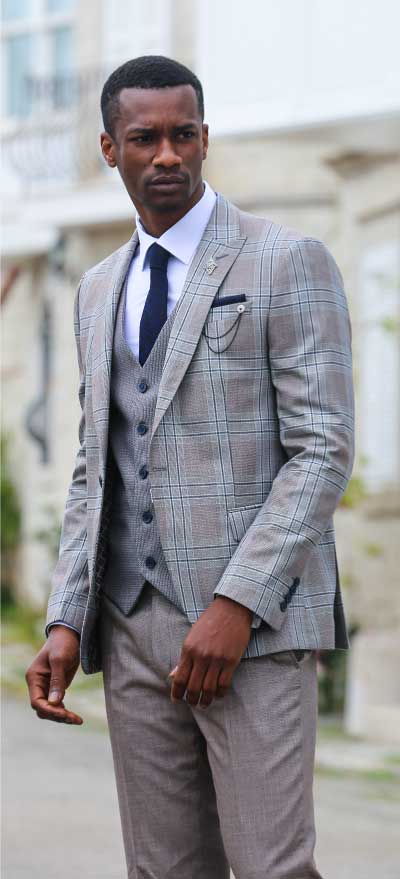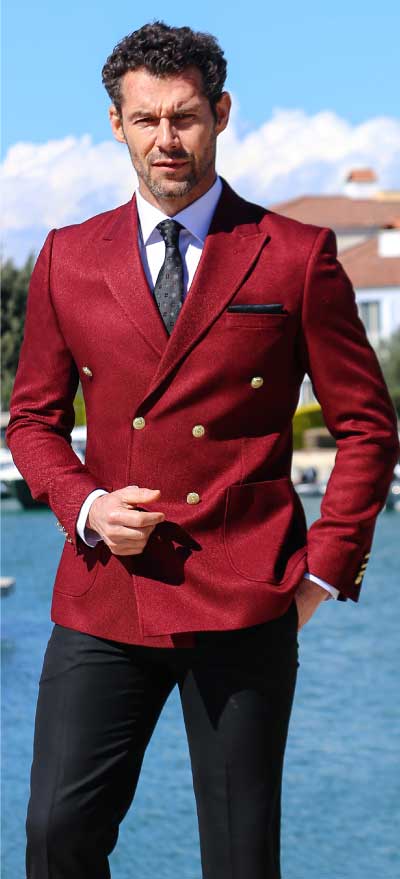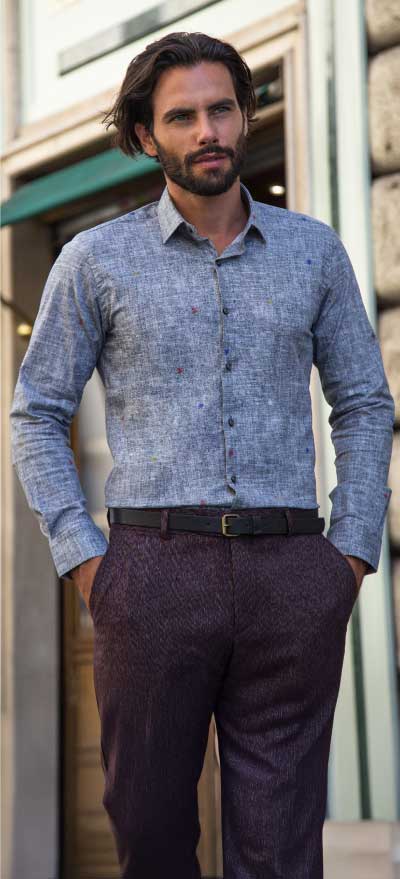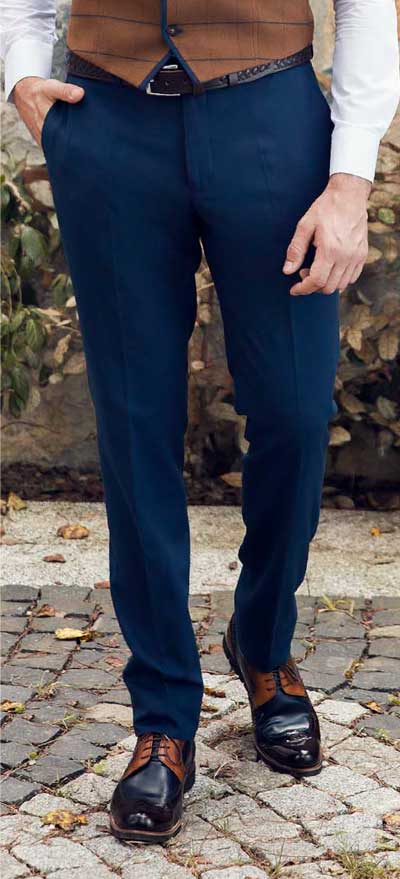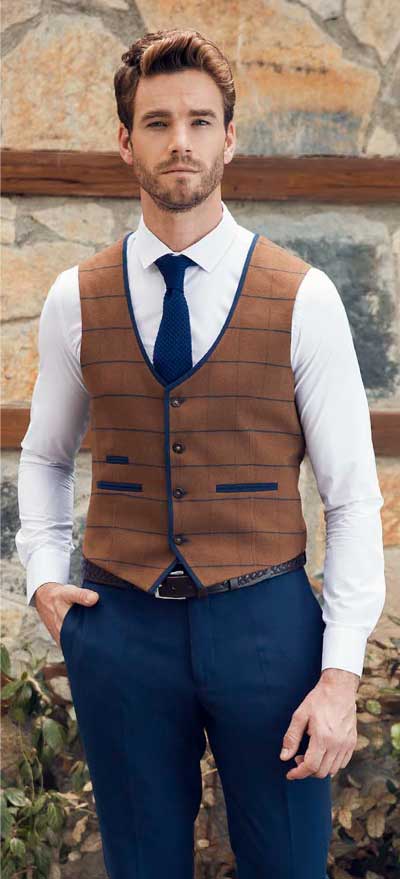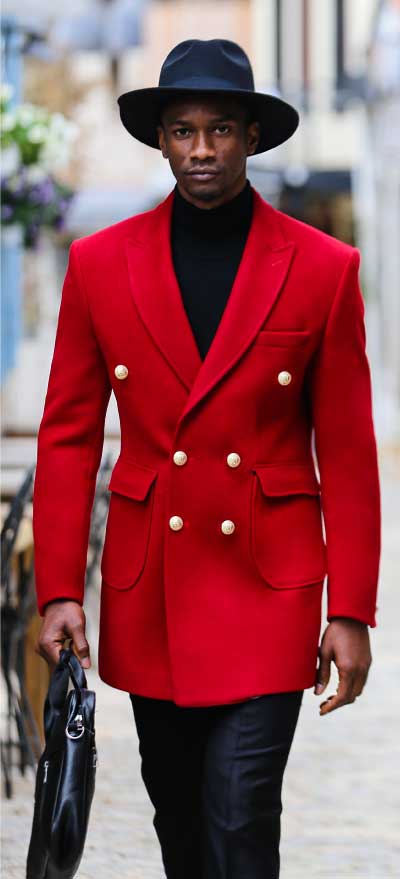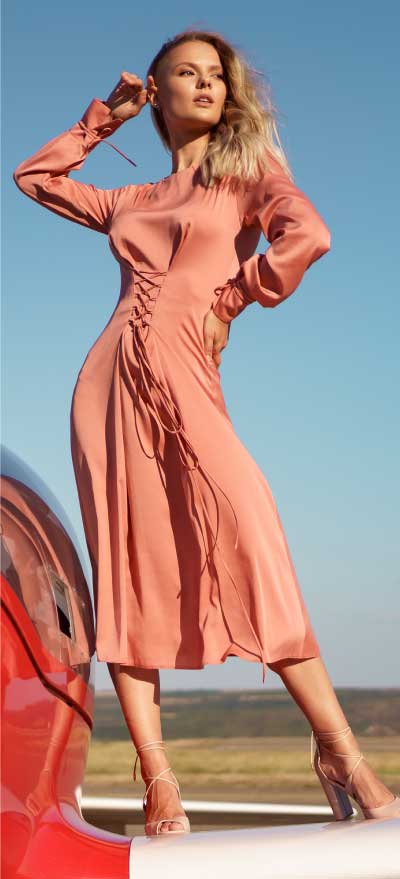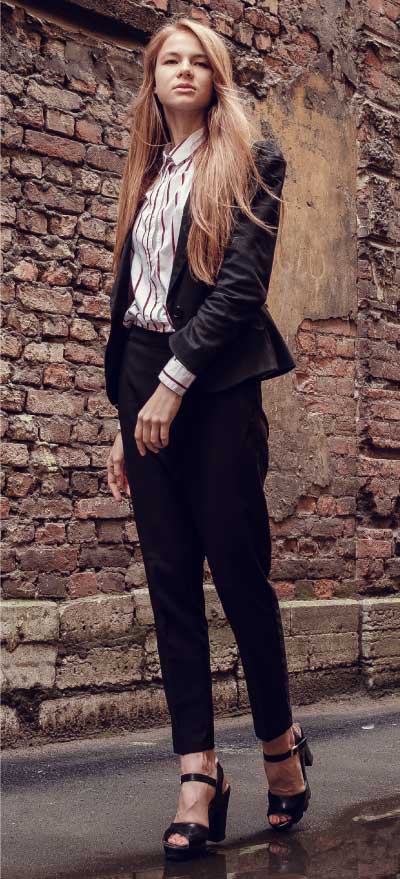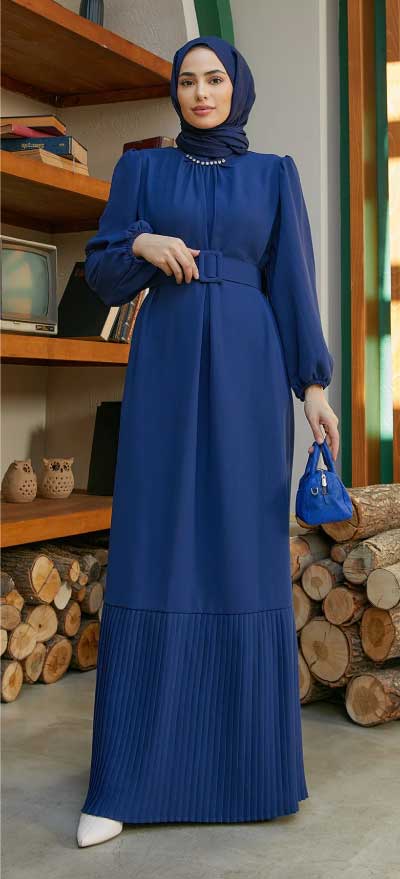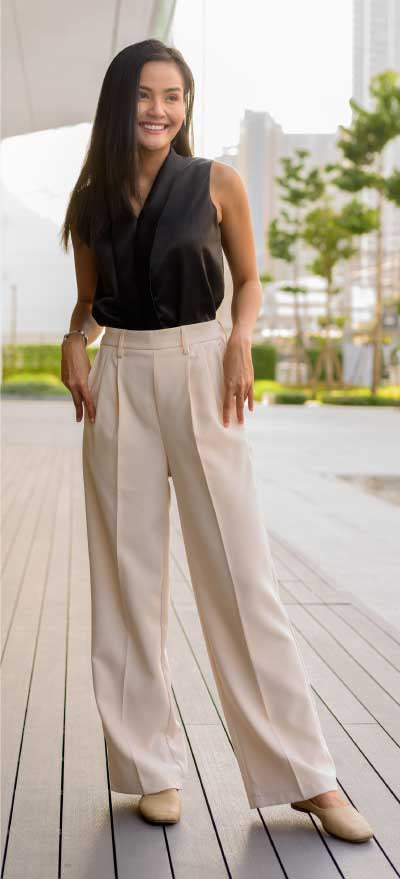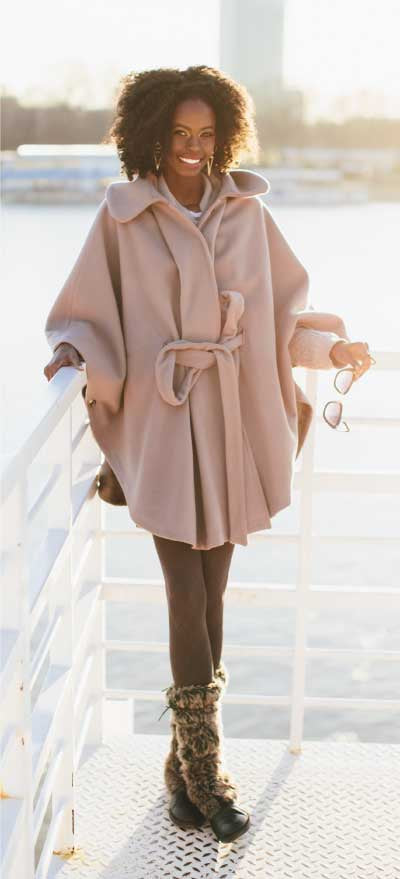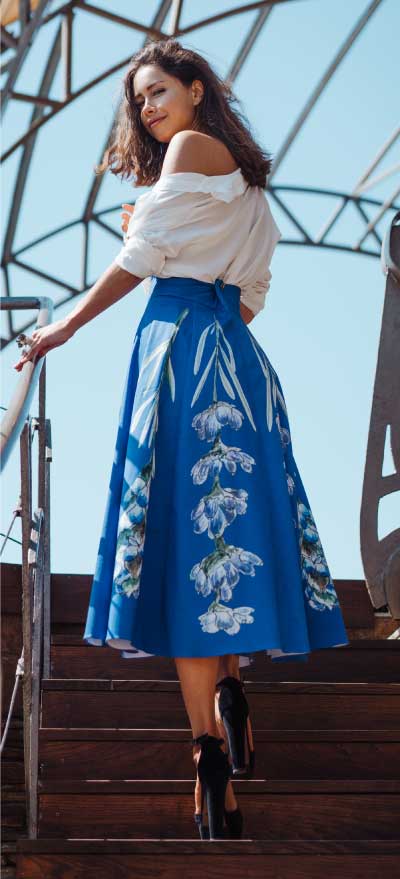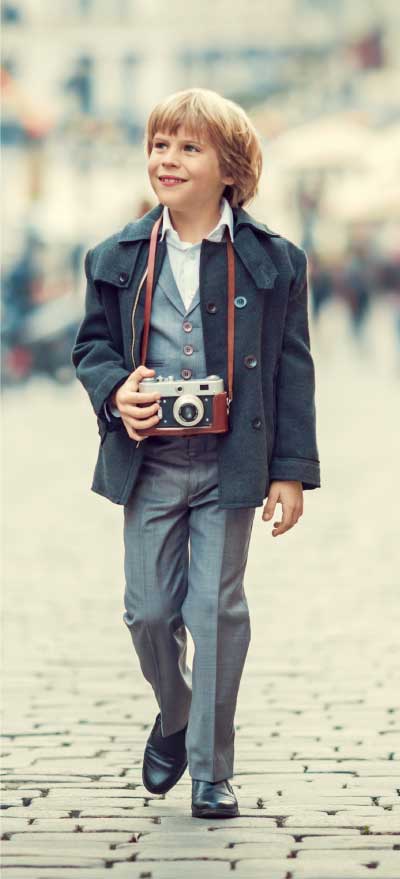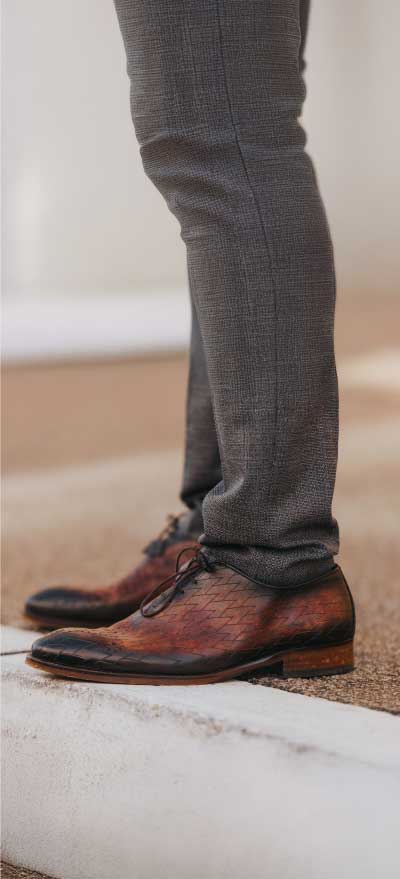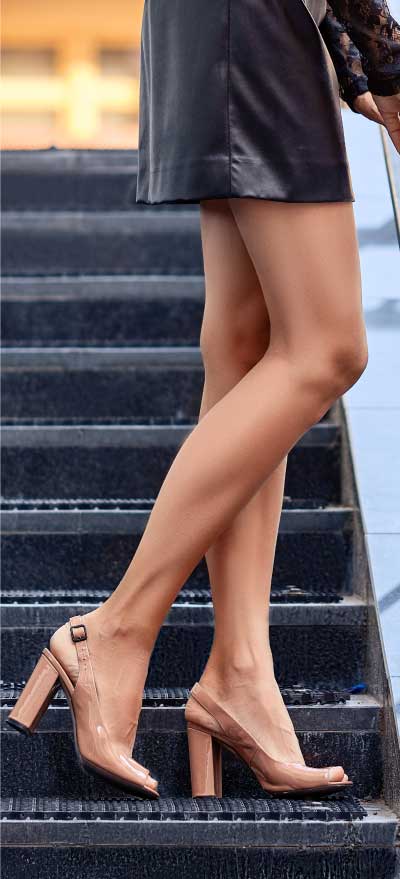How to Arrange Jackets and Blazers for Maximum Impact
How to Arrange Jackets and Blazers for Maximum Impact
Jackets and blazers represent significant investment pieces for most customers, making their presentation crucial for retail success. These structured garments require specialized display techniques that showcase their tailoring, quality, and versatility while encouraging customers to envision themselves wearing these sophisticated pieces. Whether you're managing a high-end boutique or a wholesale operation like Clothing Supplier, understanding how to arrange jackets and blazers effectively can dramatically increase sales and enhance your brand's perceived value.
Understanding the Psychology of Outerwear Display
Jackets and blazers serve as wardrobe anchors that customers build entire outfits around. Your arrangement strategy should emphasize their transformative power and versatility. Unlike casual clothing that customers might purchase impulsively, outerwear requires careful consideration of fit, style, and coordination with existing wardrobe pieces. Your display approach must support this decision-making process while inspiring confidence in the purchase.
Position your most impressive pieces at eye level where they create immediate visual impact. These statement pieces should represent the quality and style aesthetic of your entire collection while drawing customers deeper into your display area. Consider the customer journey and arrange pieces to tell a story about lifestyle and personal style transformation.
Strategic Placement and Spacing Techniques
Proper spacing between jackets prevents overcrowding while allowing each piece to maintain its distinctive silhouette. Structured garments like blazers need adequate space to display their shape and tailoring details effectively. Avoid the temptation to maximize hanging space at the expense of visual clarity and customer accessibility.
Create breathing room between garments that allows customers to examine individual pieces without disturbing adjacent items. This approach particularly benefits fitted blazers and structured jackets that lose their appeal when compressed against other garments. Use consistent spacing throughout your display area to create a sense of organization and premium presentation.
Group related styles together while maintaining enough separation to highlight unique features. For example, display business blazers in one section and casual jackets in another, but ensure each category has sufficient space to showcase the range of options available within that style group.
Color Coordination and Visual Flow
Color arrangement significantly impacts customer perception and browsing behavior when displaying jackets and blazers. Create visual flow by organizing pieces in color gradients or complementary palettes that guide the eye naturally across your display. This technique encourages customers to examine multiple pieces while creating an aesthetically pleasing presentation.
Position neutral colors like black, navy, and gray in prominent locations as these versatile pieces appeal to the broadest customer base. These foundational colors serve as anchors for your display while supporting the presentation of more seasonal or fashion-forward options. Use lighter colors and patterns as accent pieces that add visual interest without overwhelming the overall composition.
Consider seasonal color strategies that reflect current fashion trends while maintaining year-round appeal. During spring and summer months, incorporate lighter colors and patterns in more prominent positions, while emphasizing deeper tones and richer textures during fall and winter seasons.
Showcasing Quality and Construction Details
Jackets and blazers sell based on perceived quality and construction excellence, making it essential to highlight these features in your arrangement. Position garments to showcase key details like lapel construction, button quality, lining details, and tailoring precision. These elements justify higher price points and differentiate quality pieces from mass-market alternatives.
Use open blazers and jackets to display lining quality and interior construction features. Quality linings, interior pockets, and construction details often influence purchasing decisions for customers seeking investment pieces. Ensure that these features are visible and accessible for customer examination.
Position garments at angles that emphasize shoulder construction and silhouette. The way a jacket hangs and maintains its shape communicates quality more effectively than any written description. Clothing Supplier emphasizes the importance of proper hanging and display techniques that preserve garment shape while highlighting construction excellence.
Incorporating Lifestyle Displays
Create complete outfit presentations that demonstrate how jackets and blazers integrate into customers' existing wardrobes. Display blazers with coordinating trousers, shirts, and accessories that show styling versatility and help customers visualize complete looks. This approach increases average transaction value while providing styling inspiration.
Develop themed displays that reflect different lifestyle scenarios, such as professional office wear, smart casual weekend looks, or evening entertainment outfits. These presentations help customers understand when and how to wear specific pieces while suggesting additional purchases that complete the look.
Use mannequins strategically to showcase fit and styling options. Position mannequins in natural poses that suggest movement and confidence, helping customers envision themselves wearing the garments. Ensure that mannequin sizing accurately represents your target customer demographic.
Seasonal Adaptation Strategies
Jacket and blazer displays must adapt to seasonal changes in customer needs and fashion trends. During transitional seasons, emphasize versatile pieces that work across multiple weather conditions and occasions. Layer displays that show how pieces can be styled for different temperatures and situations.
Adapt your arrangement to highlight seasonal appropriateness. During warmer months, focus on lighter fabrics, unlined blazers, and pieces that work for air-conditioned environments. Winter displays should emphasize warmth, layering potential, and heavier constructions that provide both style and functionality.
Consider regional climate factors when planning seasonal arrangements. Customers in warmer climates may prioritize lightweight blazers and unstructured jackets throughout the year, while those in colder regions need displays that emphasize warmth and weather protection.
Technology Integration and Interactive Elements
Modern customers appreciate access to additional information about construction, care, and styling options. Implement QR codes or digital displays that provide detailed information about fabric composition, care instructions, and styling suggestions without cluttering your physical display space.
Consider virtual styling tools that allow customers to visualize how jackets and blazers work with different outfit combinations. These technologies can increase customer confidence in purchasing decisions while providing valuable data about customer preferences and browsing behavior.
Interactive elements like fabric sample boards or construction detail displays allow customers to examine quality features up close. These tools support the decision-making process for investment pieces while demonstrating your expertise and attention to quality.
Maintenance and Presentation Standards
Jackets and blazers require consistent maintenance to preserve their appearance and sales appeal. Implement regular steaming schedules that keep garments wrinkle-free and properly shaped. Invest in quality hangers that support garment structure without causing stretching or distortion.
Establish rotation schedules that ensure all pieces receive adequate exposure while preventing display fatigue. Regular repositioning keeps your arrangement fresh and interesting while ensuring that slower-moving pieces receive appropriate visibility.
Monitor for signs of handling wear and replace or relocate pieces that show excessive touching or trying on. Maintain high presentation standards that reinforce the premium nature of these investment pieces.
Conclusion
Effective arrangement of jackets and blazers requires balancing aesthetic appeal with practical customer needs. By implementing strategic spacing, color coordination, quality showcasing, lifestyle integration, and seasonal adaptation, retailers can create displays that drive sales while building brand credibility. Whether working with wholesale suppliers like Clothing Supplier or curating boutique collections, these arrangement principles ensure that your outerwear presents maximum impact and supports customer confidence in making significant wardrobe investments. Remember that jacket and blazer customers seek quality, versatility, and style confidence – your display arrangement should reinforce all these attributes while making the shopping experience enjoyable and inspiring.




